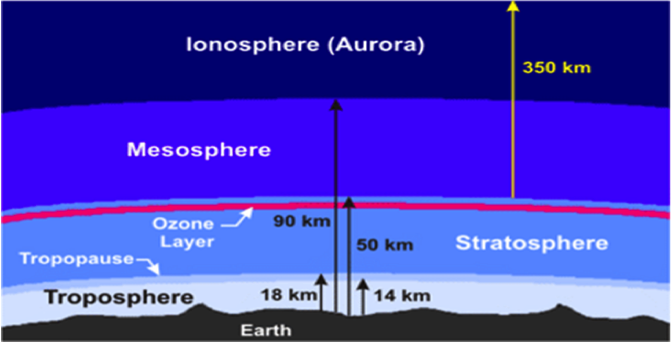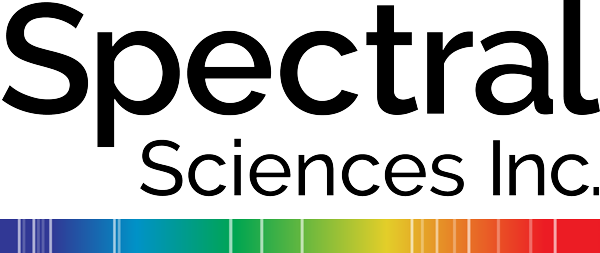We model the propagation of light through the atmosphere at terahertz, infrared, visible, and ultraviolet wavelengths, accounting for attenuation, emission, and scattering.
Our first principles models of atmospheric radiance, attenuation, and scattering emphasize the phenomenology at lower altitudes critical to geospatial remote sensing and imaging, as well as upper altitude effects important in defense applications. Radiative transfer modeling codes MODTRAN® (for altitudes up to ~100 km) and SAMM® (for altitudes to 300 km) form the core of many atmospheric models, including our three-dimensional geo-spatial scene simulation models MCScene, RAES, and OCEANS.
Our active research supports first principles investigations of chemical processes leading to excited molecular vibrational/rotational states, models of deterministic structures and their effects on high altitude radiance and target illumination, and models of lower altitude phenomena such as reflections from clouds and ocean surfaces. Both non-equilibrium (NLTE) and equilibrium (LTE) radiance sources are treated in a consistent formalism, applicable to all altitudes from the ground to the edge of outer space. NLTE processes include chemical reactions among species in the rarefied high altitude atmosphere, such as those initiated by daytime solar pumping or nighttime auroral electrons. High altitude NLTE effects due to the solar terminator, stratospheric warming, and polar mesospheric clouds are modeled in a uniform approach, merging seamlessly with low altitude LTE effects such as cloud and aerosol scattering. Radiance structure due to stochastic temperature fluctuations are included using an analytical linear response model.

